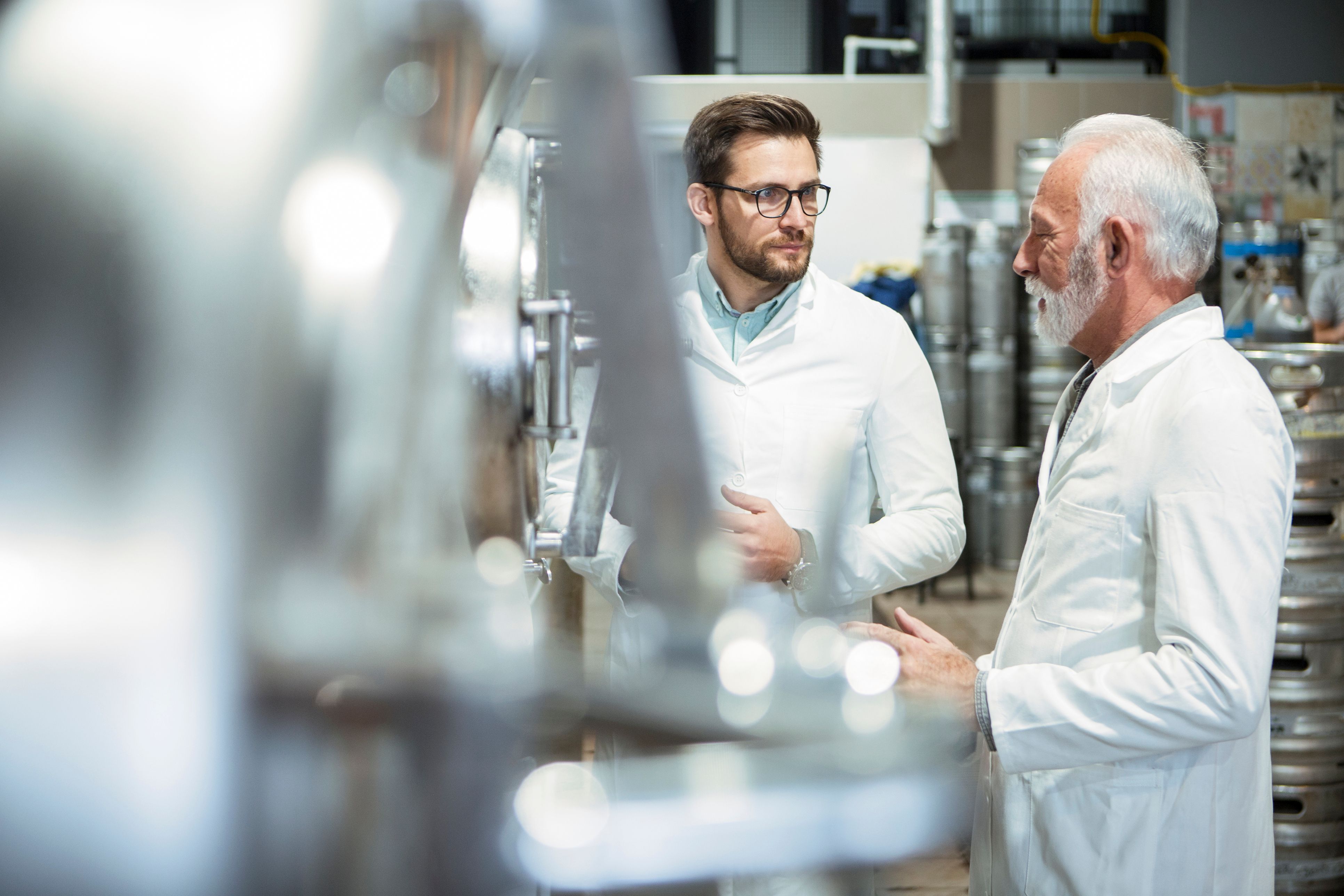Simple steps to energy efficient refrigeration
Are your refrigeration plants costing you a fortune? Quite often, even relatively new refrigeration equipment isn't running efficiently. Furthermore, power consumption can vary significantly with weather conditions, production changes, and operator and maintenance status.
Savings-wise, the lowest energy saving CoolPlanet achieved by optimising a brewery’s refrigeration system was a 20% reduction in refrigeration electricity costs, and the highest was a 48% reduction.
Refrigeration typically accounts for 35-50% of energy costs in brewing. Therefore, creating a saving of 48% in refrigeration electricity costs can make a significant difference.
Here are three ways to reduce energy consumption, achieve better refrigeration efficiency and create energy efficient refrigeration systems
Step 1: Remove fixed glycol temperature points
In refrigeration the primary refrigerant tends to be ammonia and secondary refrigerant is glycol. Most breweries run their refrigeration systems with fixed set points all year. The glycol temperature tends to be around -4 to -5 degrees °C.
However, that temperature is only suitable for filtration, which tends to take up 30% of the total hours in a week. Afterall, temperatures of 14-16 degrees °C are required for fermentation and temperatures of 1-2 degrees °C are needed for maturation.
Therefore 70% of the week, breweries are overcooling the glycol for what is required in the process temperature wise. By removing fixed glycol temperature points, energy consumption is reduced and energy savings created.
Need help? CoolPlanet can integrate CoolPlanetOS with a brewery’s SCADA system.
When no filtration is happening, CoolPlanetOS increases the glycol temperature, which reduces energy consumption by 15-20% for that period.
Step 2. Remove discharge pressure fixed points
The discharge pressure of refrigeration systems in breweries tend to be set at a fixed discharge pressure. Modulate this based on wet bulb conditions.
As a result, the discharge pressure set point fluctuates all year, 24/7. The condensers on older systems would generally have fixed speed control on the fans, or two speed fans.
The controls would be a staged control system whereby individual fans would be started when the pressure setpoint was achieved. Need help? CoolPlanet can install VSD drives to all fans and run all the fans together.
This maximises the total cooling surface area and at the same time reduces energy being used on the fans. We then modulate discharge pressure based on wet bulb conditions.
As a result, the discharge pressure set point fluctuates all year, 24/7. CoolPlanetOS will also monitor the energy and water usage and model the expected usage against heat being rejected by the refrigeration system.
Step 3. Install flow meters on the supply and return lines
It is good practice to install flow metres on the supply and return lines. This is because another peak load you get in breweries is from fermentation. The reaction to that is the plant uses a lot of energy to overcome the hot glycol. The return glycol temperature can increase up to +10c.
Need help? CoolPlanet can put a temperature probe on the return line – 30 to 50 metres away from the refrigeration plant room.
When the return temperature increases above a set point, we increase the primary flow of the secondary refrigerant (glycol) which dilutes the return temperature and acts as a stabilizer.
Looking for further tips on how to save energy, or create energy efficient refrigeration systems? Check out our case study about a UK-based brewery that saved £285k annually through improved energy efficiency and refrigeration reconfiguration.





